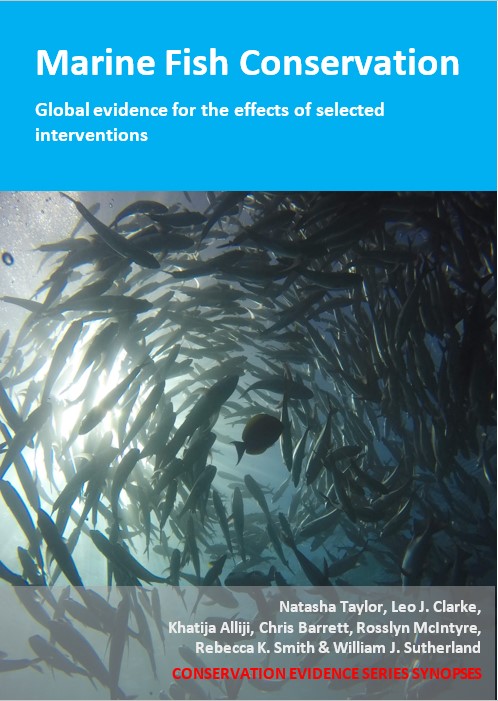Fit rigid (as opposed to mesh) escape panels/windows to a trawl net
-
Overall effectiveness category Awaiting assessment
-
Number of studies: 1
View assessment score
Hide assessment score
How is the evidence assessed?
-
Effectiveness
not assessed -
Certainty
not assessed -
Harms
not assessed
Study locations
Supporting evidence from individual studies
A replicated, paired, controlled study in 2013 of an area of seabed in the western Baltic Sea (Santos et al. 2016) found that a trawl net modified with rigid escape windows in a section of net mounted in front of the codend, reduced the catches of unwanted flatfish compared to a trawl net without rigid escape windows. Total catches of plaice Pleuronectes platessa were 56% lower and flounder Platichthys flesus 62% lower in the modified trawl compared to standard trawl (windows: 1,033–1,310 fish, no windows: 2,354–3,437 fish). There was no significant difference in overall catches of the commercial target species, cod Gadus morhua, in the modified and standard trawls (windows: 1,602 fish, no windows: 1,824 fish) or of undersized cod (windows: 255 fish, no windows: 377). Catch comparison trials were done in March 2013 on a commercial twin trawler on cod fishing grounds west of the island of Bornholm. A total of 12 paired trawl deployments were completed using one modified trawl and one standard trawl net. Both nets were identical and fitted with a mandatory design of selective codend of large square mesh (“Bacoma”). In the modified trawl, rigid grid-like escape windows of 38 mm horizontal bar spacing were incorporated in the two side panels of a four-panel net extension piece in front of the codend (“FRESWIND” system - see paper for specifications). Catches from each haul were weighed by species, and the total length of all fish measured.
Study and other actions tested
Where has this evidence come from?
List of journals searched by synopsis
All the journals searched for all synopses
This Action forms part of the Action Synopsis:
Marine Fish Conservation





)_2023.JPG)














